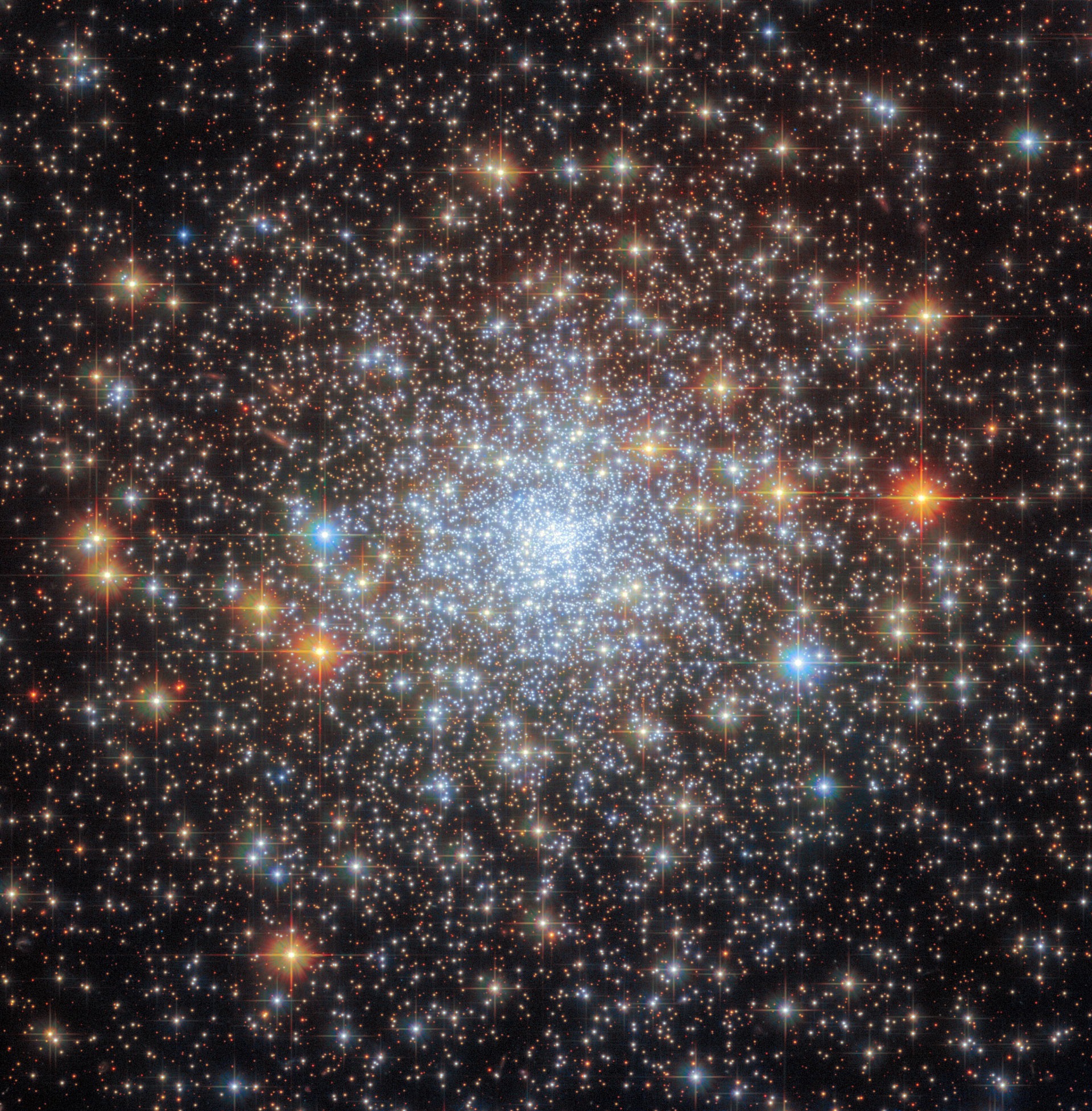NASA has published a high-resolution image of the globular cluster NGC 6652, obtained by the NASA/ESA Hubble Space Telescope.

Globular clusters are densely packed systems of stars that are gravitationally bound into a single structure, ranging in size from 100 to 200 light-years. Each of these clusters contains hundreds of thousands or even millions of stars. The strong gravity between closely spaced stars in globular clusters forms them into a regular spherical shape, similar to a star ball.
Globular clusters are among the oldest objects in the Universe. They are peculiar remnants of the first stages of galaxy formation. It is believed that each galaxy has several such clusters. Our galaxy, the Milky Way, contains at least 150 such objects, and probably several others beyond its thick disk.
NGC 6652 is located in the constellation Sagittarius, about 30 thousand light-years from Earth and only 6.5 thousand light-years from the center of the Galaxy. This cluster, also known as C 1832-330 or GCl 98, was first discovered by Scottish astronomer James Dunlop on June 28, 1826.
The color image of NGC 6652 was created using Hubble’s Advanced Camera for Surveys (ACS) and Wide Field Camera 3 (WFC3). The photo combines observations made using five different filters that combine ultraviolet, visible, and infrared light to demonstrate the cluster in all its grandeur.
“As well as two instruments, this image draws on two different observing programs from two different teams. The first team set out to survey globular clusters in the Milky Way Galaxy. The second team used a trio of exquisitely sensitive filters in the WFC3 instrument to disentangle the proportions of carbon, nitrogen, and oxygen in globular clusters such as NGC 6652,” the researchers explain.
Earlier we reported how Hubble searched for a black hole in a spherical cluster.
According to sci.news
Follow us on Twitter to get the most interesting space news in time
https://twitter.com/ust_magazine
